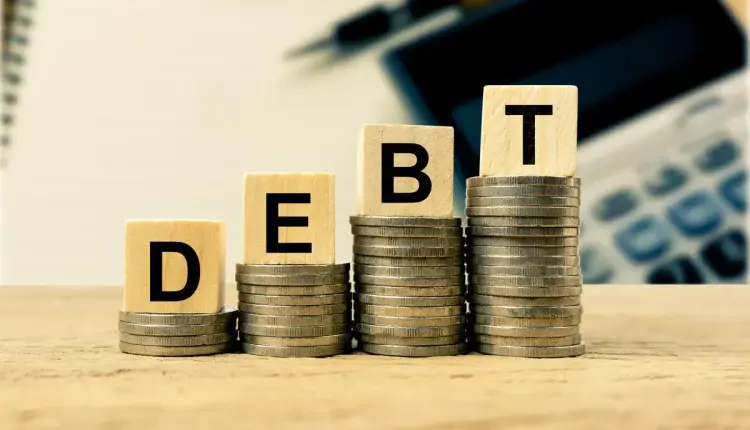LAGOS – Nigeria’s public debt surged to ₦149.39 trillion ($97.24 billion) in Q1 2025, marking a 22.8% increase (₦27.72 trillion) from 2024, according to the Debt Management Office (DMO). Despite the staggering borrowing, economists warn of minimal infrastructure improvement and an unsustainable fiscal trajectory where debt servicing (₦25.12 trillion from 2022–2024) has exceeded government revenue (₦20.6 trillion) by ₦4.5 trillion.
Key Debt Breakdown
External Debt: ₦70.63 trillion ($45.98B) – Up 26.1% YoY
Domestic Debt: ₦78.76 trillion ($51.26B) – Up 20% YoY
-
Federal Government: ₦74.89 trillion
-
States & FCT: ₦3.87 trillion
Alarming Metrics:
Debt-to-GDP: 54% (2024), projected to rise in 2025
Debt-to-Revenue: 121% (2022–2024)
Experts Sound the Alarm
1. Mazi Okechukwu Unegbu (Ex-CIBN President):
“We’ve borrowed trillions, yet roads, power, and the economy remain broken. The government must curb domestic borrowing to avoid collapse.”
2. Gbolade Idakolo (SD & D Capital Management CEO):
“Borrowing for political projects must stop. Loans should fund revenue-generating infrastructure—not vanity schemes.”
3. Prof. Godwin Oyedokun (Lead City University):
“Debt without tangible returns is a millstone. Nigeria must tie borrowing to measurable outcomes: power, roads, and jobs.”
Why This Matters
-
Crowding Out Effect: High debt servicing leaves little for healthcare, education, and critical infrastructure.
-
Naira Pressure: External debt ($45.98B) exacerbates forex demand.
-
Intergenerational Burden: Future taxpayers will shoulder today’s liabilities.
The Way Forward
Value-Driven Borrowing: Fund only projects with clear ROI (e.g., railways, power plants).
Aggressive Revenue Reforms: Expand tax base, curb oil theft, privatize underperforming assets.
Transparency: Publish audited reports on loan utilization.


